Oil is an ancient fossil fuel that we use to heat our homes, generate electricity, and power large sectors of our economy. But when oil accidentally spills into the ocean, it can cause big problems. Oil spills can harm sea creatures, ruin a day at the beach, and make seafood unsafe to eat. It takes sound science to clean up the oil, measure the impacts of pollution, and help the ocean recover.
Ocean and Coasts Education
Knowledge of the times, heights, and the flow of tides is of importance in a wide range of situations such as navigation through coastal waterways; construction of bridges, docks, breakwaters, and deep-water channels; and for fishing, boating, surfing, and water sports.
Tsunamis are just long waves — really long waves. But what is a wave? Sound waves, radio waves, even “the wave” in a stadium all have something in common with the waves that move across oceans. It takes an external force to start a wave, like dropping a rock into a pond or waves blowing across the sea. In the case of tsunamis, the forces involved are large — and their effects can be correspondingly massive.
Each year, billions of pounds of trash and other pollutants enter the ocean. Where does this pollution come from? Where does it go? Some of the debris ends up on our beaches, washed in with the waves and tides. Some debris sinks, some is eaten by marine animals that mistake it for food, and some accumulates in ocean gyres. Other forms of pollution that impact the health of the ocean come from sources like oil spills or from accumulation of many dispersed sources, such as fertilizer from our yards.
Want to climb the tallest mountain on Earth from its base to its peak? First you will need to get into a deep ocean submersible and dive almost 4 miles under the surface of the Pacific Ocean to the sea floor.
Ocean water is on the move, affecting your climate, your local ecosystem, and the seafood that you eat. Ocean currents, abiotic features of the environment, are continuous and directed movements of ocean water. These currents are on the ocean’s surface and in its depths, flowing both locally and globally.
In the 200-plus years since the industrial revolution began, the concentration of carbon dioxide (CO2) in the atmosphere has increased due to human actions. During this time, the pH of surface ocean waters has fallen by 0.1 pH units. This might not sound like much, but the pH scale is logarithmic, so this change represents approximately a 30 percent increase in acidity.


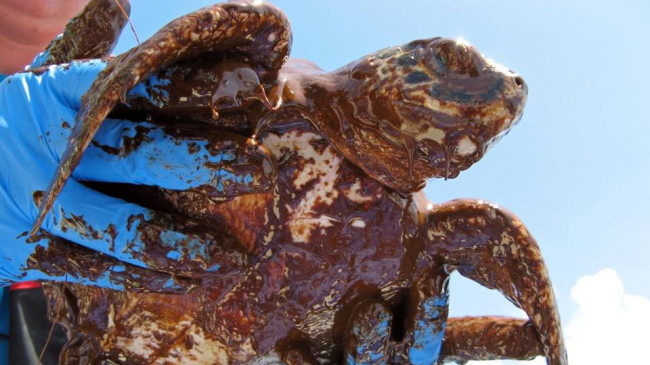
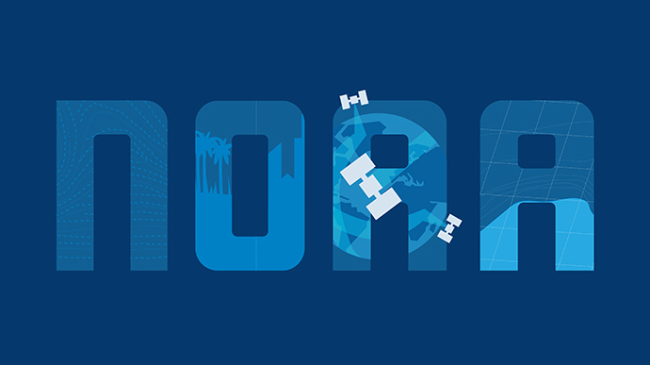
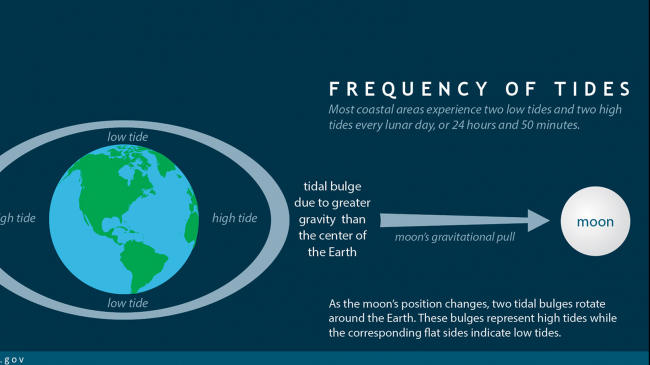
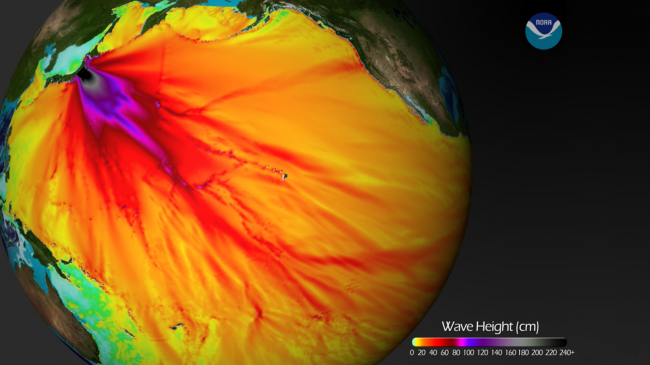
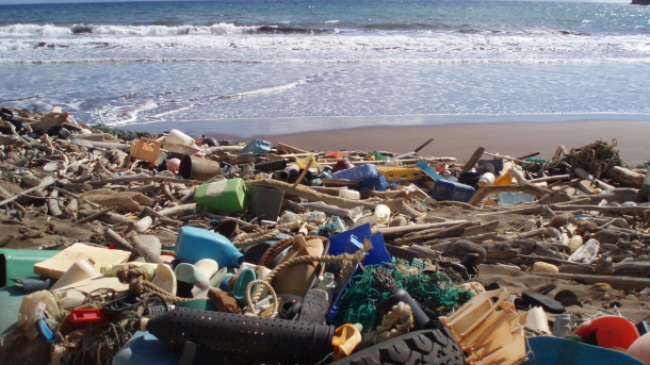
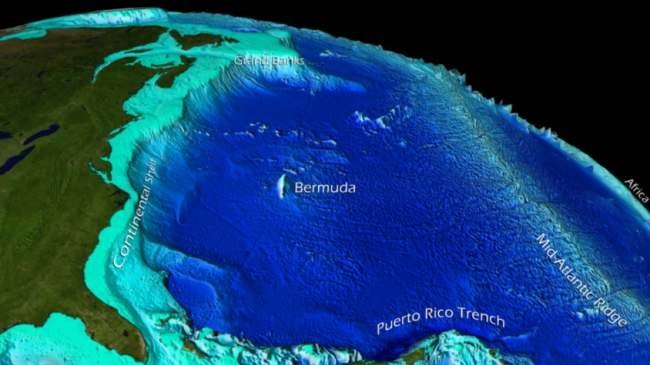
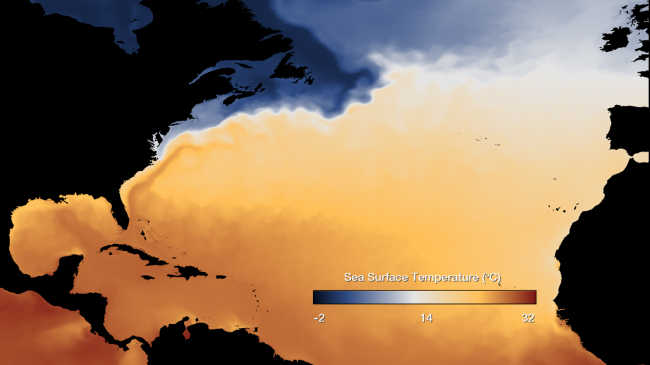
![A pteropod shell is shown dissolving over time in seawater with a lower pH. The image reads: Ocean acidification. How will changes in ocean chemistry affect marine life? CO2 absorbed from the atmosphere [into the ocean]. The chemical equation for carbon dioxide mixing with seawater shows how carbonate ions impedes calcification in pteropods. (Image credit: NOAA) A pteropod shell is shown dissolving over time in seawater with a lower pH. The image reads: Ocean acidification. How will changes in ocean chemistry affect marine life? CO2 absorbed from the atmosphere [into the ocean]. The chemical equation for carbon dioxide mixing with seawater shows how carbonate ions impedes calcification in pteropods.](/sites/default/files/styles/landscape_width_650/public/legacy/image/2019/Jun/pmel-oa-imageee.jpg?h=920929c4&itok=RrQRF2Ac)